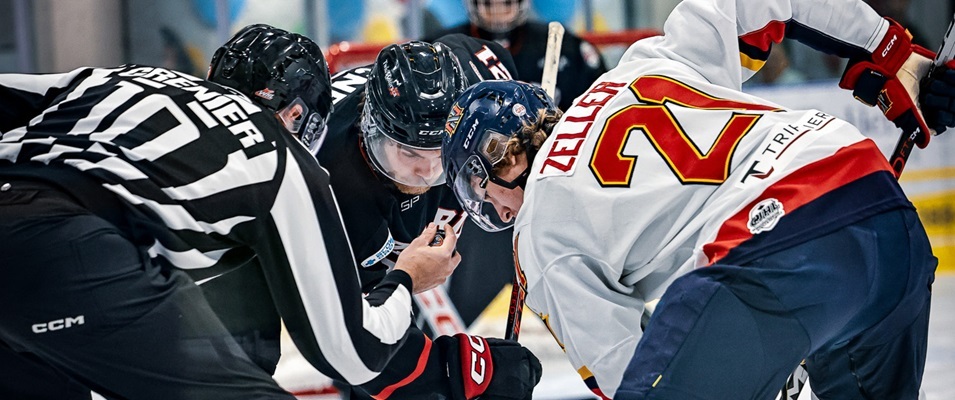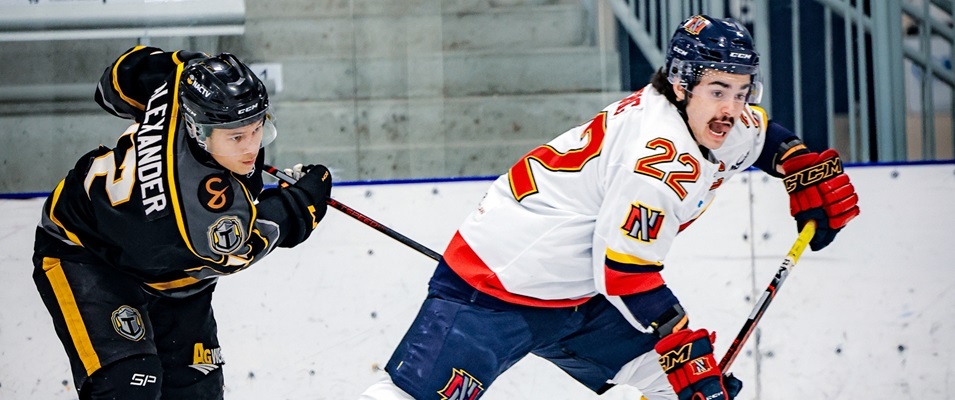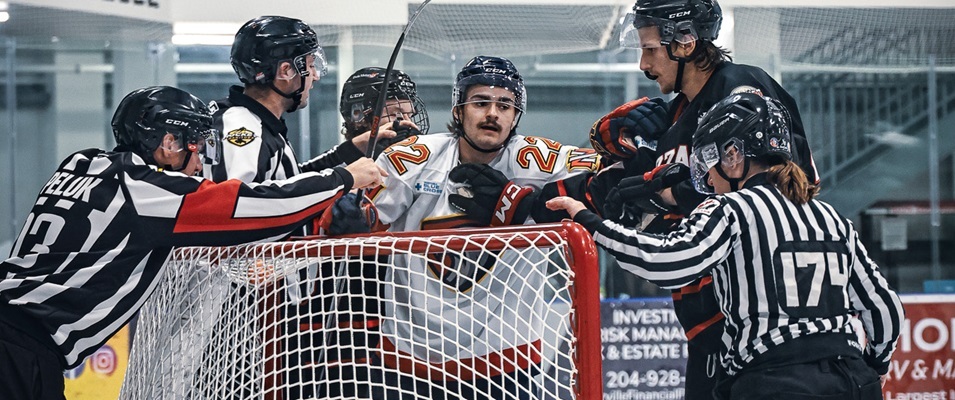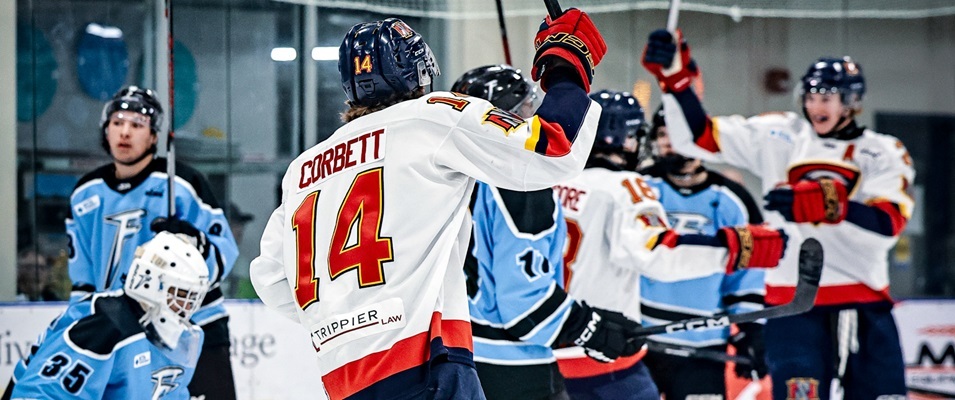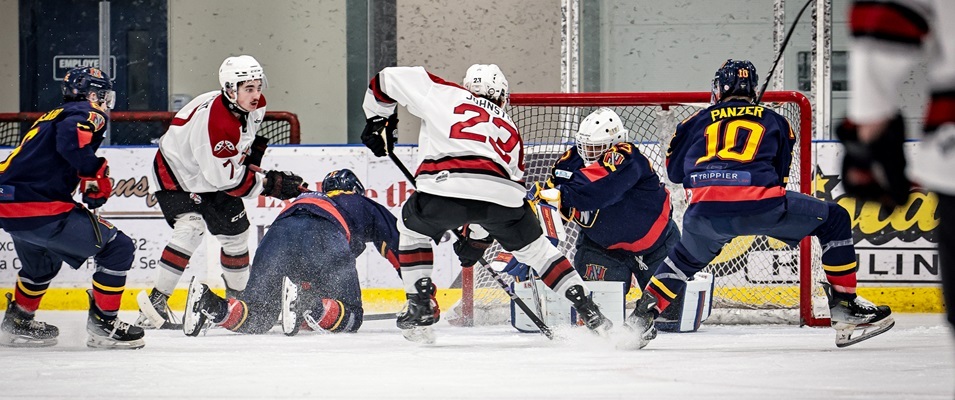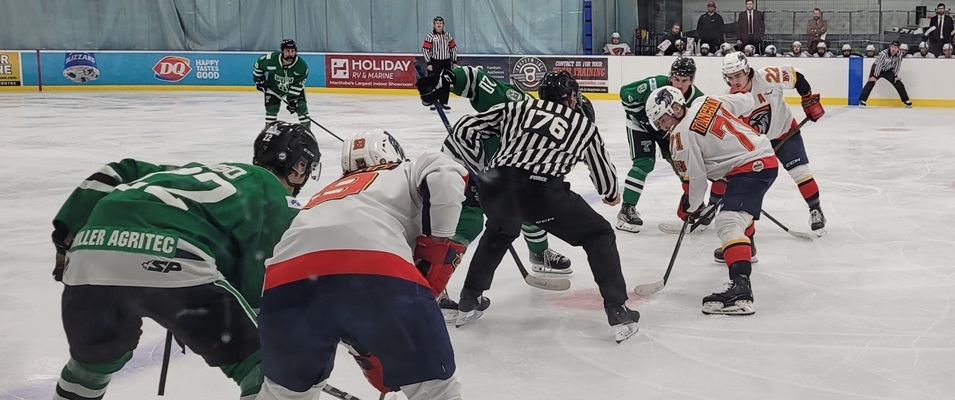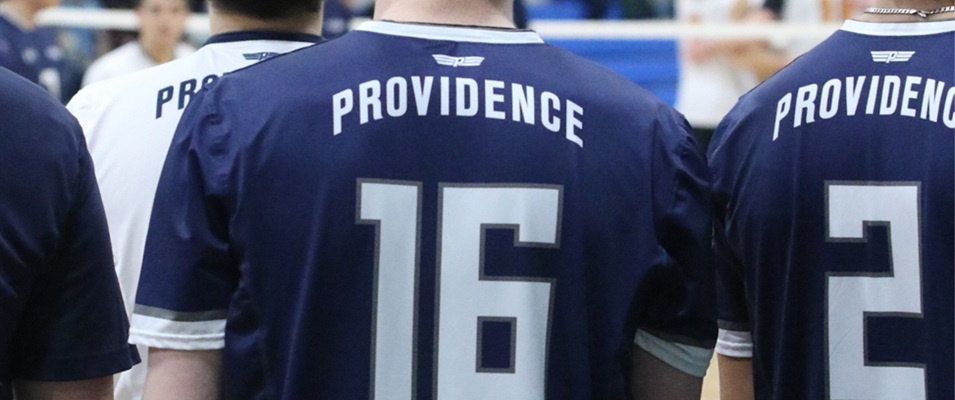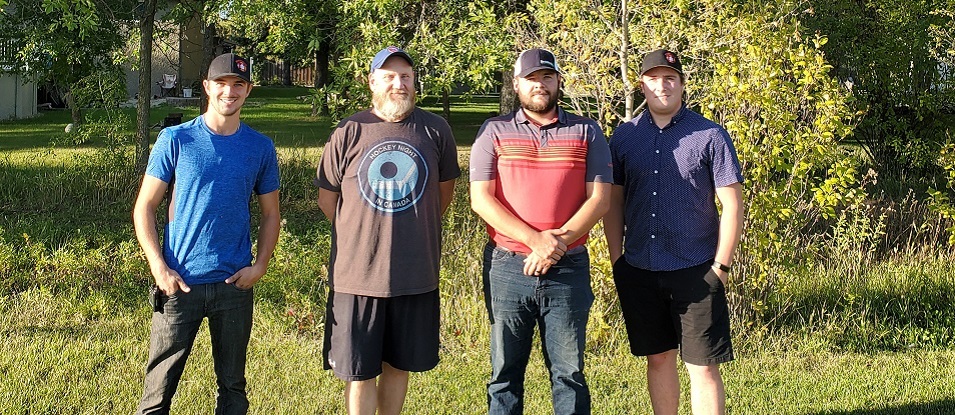
It’s been five years since Niverville had its own Junior C hockey team, a blemish which a few former players and coaches are ready to set right. The new Junior C Clippers will join the Hanover-Tache Junior Hockey League (HTJHL) this fall in a season that will get underway on Friday, November 6.
“Our first step was to put out some messages on social media, and we got a lot of response from local kids that want to play,” says Luke Toews, who will serve as the team manager. “Once we heard back from all of those kids, we were good to go.”
According to Toews, they heard back from about 30 interested players, which is a large pool from which to build a competitive team. All the players are between the ages of 18 to 21, although the league rules state that a team can only have a limited number of 21-year-olds on its roster.
Toews himself played all four years of his Junior C eligibility in Niverville, and in fact his fourth year also happened to be the last year Niverville had a team, five years ago.
“So we haven’t had Junior hockey in town since then,” he says. “Then last season, myself and a few friends thought about maybe starting it up for this year. It just ended up working out that we got enough people together to help manage and coach it. I’ll be the team manager, and then we’ll have a full coaching staff and a safety.”
Filling the role of head coach will be Todd Anderson, who previously coached the Junior C program in Niverville. Anderson also has plenty of experience coaching Eastman minor hockey.
The assistant coaches will include Dominic Martens, Jordan Lajoie, and Reagan Carruthers.
Of course, in addition to the usual hurdles involved in putting together a new team, they also had to navigate the ever-shifting nature of our new COVID reality. Toews says the pandemic has definitely thrown a few wrenches in the works—but that’s the same as everybody, everywhere.
“Currently Hockey Manitoba and Manitoba Health have approved phase two for hockey, which is non-contact and very much spaced apart on the ice,” Toews says. “Which obviously doesn’t work for actual hockey games. But for Junior leagues, the current plan is that phase three will be approved for early October, and phase three includes full contact and you can have your full team on the bench.”
Tryouts will be announced shortly, and through that process the team will get whittled down to about 20 players.
“We’re going to have two to three skates with everybody,” Toews says of the tryout process. “Those skates will just be general drills, puck drills, skating drills, and in-house scrimmages. Then we’re aiming to have at least one exhibition game against one of the surrounding towns, depending on how ice and time goes.”
A Purely Local League
If you’re only a casual hockey fan, you might not have a solid understanding of what Junior hockey even is—and that may be due to the fact that there’s a lot of variation in what people mean when they talk about this age level.
For example, there’s Junior A, which is very high-level. These are the especially talented players who get drafted out of minor hockey and oftentimes move to different towns and small cities across the country. Many of them will likely go on to play for Canadian universities and American colleges.
The Steinbach Pistons, for example, are a Junior A team, drawing their players from all over the province, and beyond.
Junior C teams, on the other hand, are made up entirely of local players. This level provides an opportunity for local kids to continue playing competitive hockey after they’ve aged out of their local minor hockey Midget programs.
“Junior C is a special league, because it’s a purely local league,” says Toews. “It’s local kids playing against local kids. It has much more of a community feel to it. When I played Junior, it was basically 20 of your really close friends, and you’re able to play competitive hockey after minor hockey ends.”
The number of local Junior C teams has fluctuated in recent years, since the surroundings towns aren’t always able to ice their own team for various reasons.
However, the Hanover-Tache Junior Hockey League will be up to nine teams in the 2020–2021 season. Aside from Niverville, teams will be competing in St. Adolphe, Landmark, Lorette, Grunthal, Oakbank, Steinbach, La Broquerie, and St. Jean Baptiste.
“In my first year, I was 18 years old, so it was neat going into a room filled with these 18, 19, 20, and 21-years olds, and just seeing how that whole room was,” Toews says of his years in the league. “Then as you play year after year after year, you get older and eventually you’re the 20 or 21-year-old. And it’s interesting to see how the players’ role on the team changes throughout the years.”
Toews adds that some of his favourite memories from playing Junior C have to do with the rivalries Niverville had with other local teams.
“For us, it was always St. Pierre and Grunthal. Those were two teams we would really have some pretty good games against,” he says. “But just being able to bond with the people my age playing competitive hockey, I really appreciated all of that. I have a lot of good memories along the way.”
One big area of uncertainty for the organizers had to do with sponsorships. It’s no secret that community-level hockey programs like the Junior C Clippers are highly dependent on the support and generosity of local business, and at first there was some fear that COVID might impact their support.
Fortunately, they needn’t have worried.
“It’s been very, very encouraging to see so many businesses support our team,” Toews says. “We weren’t really sure what the response would be to people asking for money, but the businesses in town have been awesome. We want to say thanks to all of them.”





